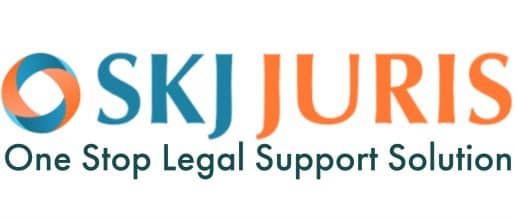Strategies for Brilliant Document Review
In today’s information age, we’re bombarded with documents. From contracts and proposals to reports and research papers, effectively reviewing these documents is crucial for various purposes. Whether you’re a lawyer, a business professional, or a student, mastering the art of document review can save you time, ensure accuracy, and empower you to make informed decisions.
Going beyond simply skimming through text, brilliant document review involves a strategic approach that maximizes efficiency, accuracy, and comprehension.
This blog delves into the realm of brilliant document review, equipping you with key strategies to become a master reviewer.
-
Preparation is Key:
Before diving into the document, take a moment to understand the context. What is the purpose of the document? Who wrote it? What are you expected to gain from reviewing it? Having a clear understanding of these aspects sets the stage for focused and efficient review.
-
Skimming vs. Deep Reading:
Not every document needs to be examined in the same way. Employ a two-pronged approach:
- Skimming: Start by skimming the document to grasp the overall structure, key points, and arguments. Pay attention to headings, subheadings, introductions, and conclusions. This initial scan provides a foundational understanding and helps you identify areas requiring deeper focus.
- Deep Reading: Once you have a general understanding, delve into the specifics. This involves carefully reading each paragraph, paying close attention to details, data, and logical flow.
-
Active Reading Techniques:
Passive reading is akin to information flowing through you without being absorbed. To truly engage with the document, employ active reading techniques like:
- Highlighting: Identify key points, arguments, and potential issues. This not only aids in comprehension but also serves as a reference point later.
- Annotating: Take notes in the margins or use a separate sheet to jot down questions, clarifications, and your own thoughts on the content. This fosters critical thinking and analysis.
- Summarizing: After each section or chapter, briefly summarize the main points in your own words. This reinforces understanding and helps identify any gaps or inconsistencies.
-
Maintaining Focus and Avoiding Distractions:
Document review can be tedious, and distractions abound. To maintain focus and avoid missing crucial details:
- Find a quiet, well-lit space: Minimize background noise and visual distractions to enhance concentration.
- Set realistic goals: Break down the review process into manageable chunks and set achievable timeframes for each section.
- Take breaks: Schedule short breaks every hour to prevent fatigue and maintain mental clarity.
-
Utilizing Technology:
Technology can be a valuable ally in the document review process. Consider these tools:
- Document review software: These platforms offer features like text search, annotation tools, and collaboration capabilities, streamlining the review process.
- Grammar and plagiarism checkers: While not substitutes for critical thinking, these tools can help identify potential errors and ensure the document adheres to specific formatting guidelines.
-
Collaboration and Feedback:
In certain scenarios, collaborating with others can enhance the review process. Discuss the document with colleagues, share your findings, and solicit feedback. This diverse perspective can help identify potential blind spots and ensure a comprehensive review.
-
Developing a Critical Eye:
Beyond identifying factual errors, strive to develop a critical eye for:
- Logical fallacies: Identify arguments that lack sound reasoning or rely on misleading evidence.
- Bias and subjectivity: Be mindful of potential biases within the document and approach the information with a neutral perspective.
- Clarity and conciseness: Evaluate the document’s structure, language, and overall flow. Ensure the information is presented clearly, concisely, and easy to understand.
-
Practice Makes Perfect:
Like any skill, mastering document review requires consistent practice. Engage in regular review tasks, actively seek feedback on your work, and continuously refine your approach.
By employing these strategies and honing your critical thinking skills, you can transform yourself from a passive document reader into a brilliant reviewer. Remember, effective document review is not just about identifying errors; it’s about extracting valuable insights, ensuring accuracy, and making informed decisions based on the information presented. So, embrace the art of review, and become a master of navigating the ever-growing sea of documents!



